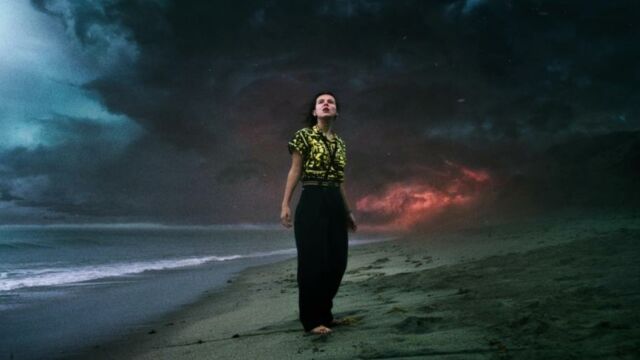We asked ChatGPT what Hell looks like, and it's as terrifying as you think

The concept of Hell differs from one religion to another. But how does artificial intelligence ChatGPT see this place? Here's all you should know.
It's the eternal punishment of the godless and unbelievers. The threat that has motivated some people, fearing divine punishment, to push open the door of a church: Hell. This unpleasant place to live (unless you enjoy extreme heat) is frequently depicted in works of art, and these have shaped our infernal imagination. Depending on religions, cultures and mythologies, Hell can have very different faces and aspects.
Discover our latest podcast
Hell, according to the Bible
According to the Catholic religion, Hell is both the place of the damned who have rejected God's love and a state of 'definitive self-exclusion from communion with God and the blessed', as quoted by La Croix.
More under this adMore under this adTwo definitions that fit ChatGPT's idea of a biblical Hell. According to the Artificial Intelligence system:
Hell is often described as a place of eternal torment, where those who have rejected God or committed grave sins are condemned to suffer for eternity. It is described as a place of eternal fire, pain and suffering.
We've seen better travel destinations. The A.I. adds:
Hell is also considered an eternal separation from the presence of God. It is a state where those who are sent there are deprived of God's presence and of all that is good and holy.More under this adMore under this ad
Read more:Here's what ChatGPT wants you to do in case of a zombie apocalypse
Flames, demons and more flames?
We all have in mind those paintings full to bursting with horned demons, literally infernal flames and lakes of lava. John Martin's Pandemonium, inspired by John Milton's Paradise Lost, springs tomind.
"Pandemonium" by John Martin (1841). pic.twitter.com/eKxYb2TkgE
— MovArt (@_MovArt) March 23, 2022
Chat GPT adds:
Some biblical passages use images of fire, darkness, weeping and gnashing of teeth to depict hell, but these descriptions are often considered symbolic rather than literal representations.
Generative A.I. is inevitably inspired by these visions. Such is the case with Crayon, for example, which presents images in warm hues, featuring fiery desert landscapes, giant monstrous creatures and suffering characters.
More under this adMore under this ad

Read more:Restorer uncovers a demon lurking in this famous 200-year-old painting, can you spot it?
This article has been translated from Gentside FR.
Source used:
ChatGPT